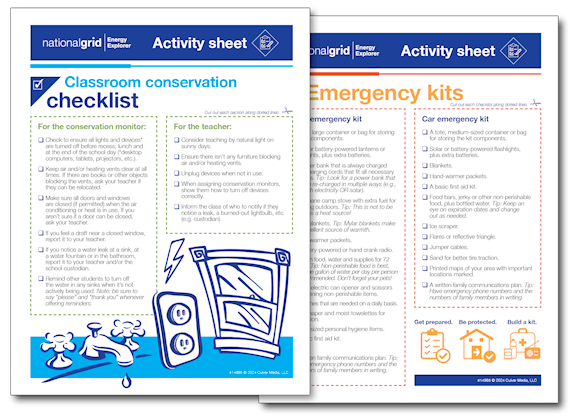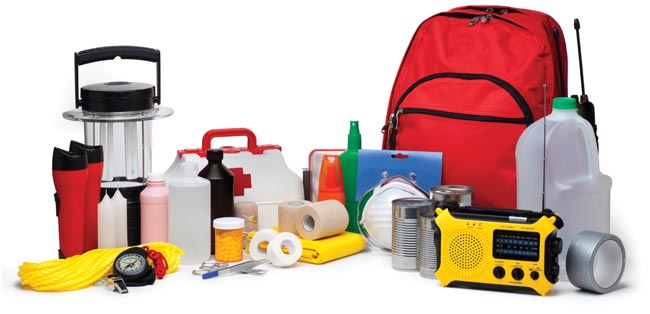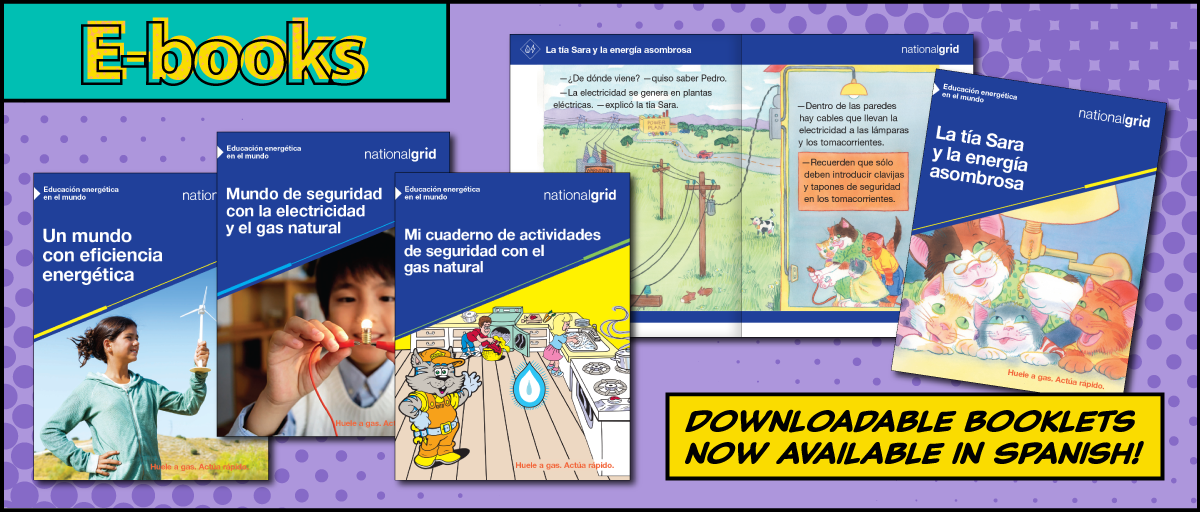| Assign a conservation monitor |
| K–12 schools spend upward of $8 billion annually on energy costs – the largest expense outside of teachers’ salaries. And yet, according to ENERGY STAR, roughly 30 percent of energy usage is wasted. This doesn’t have to be the case. By assigning a conservation monitor, you can not only implement energy savings in the classroom but teach students how to better steward energy at home, as well as how to step into a role of leadership within their peer groups. |
| So, what are the first steps in assigning a conservation monitor? We have a few suggestions. |
|
| |
| 1. |
At the beginning of the year, provide a brief explanation as to why energy conservation matters. Hint: It helps to reduce pollution, create healthier living environments, conserve natural resources and save money. |
|
| 2. |
Select a student’s name at random for the first round of monitoring. Draw a name from a hat or use an online tool to help with this. Note: We recommend switching up the conservation monitor on a weekly or monthly basis so that a variety of students can flex their leadership skills and feel as though they’re contributing positively to the classroom. |
|
| 3. |
Once a conservation monitor is assigned, go over this classroom conservation checklist so that the monitor knows exactly what to do and look for as they fill this role.
|
|
 |
|
 |
| Weather storms with confidence |
| Hazardous weather is no stranger to those of us who live in the Northeast, and yet, it can be very unsettling for kids of all ages. Winter storms or blizzards can lead to fallen trees, power outages and accidents even when outside of a storm’s direct path. And the arrival of spring often comes with heavy rains, flooding and even lightning storms. |
| One of the best ways to weather storms of any kind is through proactive preparation. |
 |
| Creating an emergency kit that can address varying needs is a simple exercise that leads to reduced panic at times of high stress. Help your students prepare one for their home and one for a parent’s or caretaker’s vehicle by printing and distributing these emergency kit checklists that detail everything they should always keep on hand. Then, share the basic tips below.
|
| Before a storm |
| |
| • |
|
If you’re faced with a storm warning, bring any outdoor furnishings, garbage cans or other unsecured items indoors. |
|
| • |
|
Once a storm strikes, stay indoors, avoiding windows where able. |
|
| • |
|
Turn off and/or unplug any appliances that don’t need to be in use, including electronics. |
|
 |
|
| During a storm |
| |
| • |
|
If outdoors when a storm strikes, avoid bodies of water and/or tall objects that may attract lightning. |
|
| • |
|
Avoid downed wires, and if you see any, leave the area and call 911. |
|
| • |
|
Avoid driving through flooded areas even if the water doesn’t seem deep. |
|
 |
|
| After a storm |
| |
| • |
|
Contact National Grid if you smell natural gas. |
|
| • |
|
Avoid overloading circuits by reconnecting and turning on appliances and/or electronics too quickly. |
|
| • |
|
If you’ve dealt with a prolonged power outage, check all food in the refrigerator and freezer for freshness. |
|
| • |
|
Run the water in all sinks, bathtubs and/or showers, checking carefully for any leaks. |
|
| • |
|
Remove any tree limbs or debris from your property. |
|
| • |
|
Clear all outdoor vents of build-up from snow, ice or leaves. |
|
 |
|
| Activities corner – Get the facts! |
| Our educational booklets are full of activities to engage your students and make learning about electricity and natural gas interesting. Download and print our brand new activity sheets to drive home age‑appropriate facts about electricity and natural gas. They feature both a word scramble and word search to pique curiosity and engage students of all ages. |
|
| In the classroom and beyond |
| If your students enjoy the activities above, it may be the perfect opportunity to discuss with them the energy‑related and/or utility careers that utilize some of the investigative skills they’ve been honing. For example, scientists and engineers are needed now more than ever to invent new and better ways to produce green energy and deliver it to the public. Skilled, informed laborers are also needed for the safe installation of generators, solar panels, wind turbines and more. And of course, informing the public on how to use energy both safely and efficiently is of growing importance. The activities above will help to strengthen the leadership skills needed for such a job. |
 |
 |
| ¿Hablan los estudiantes español? |
| We’ve expanded our library of free, educational booklets to include resources for Spanish‑speaking students. Visit our Energy Explorer website to download the booklets and to peruse an array of print and digital resources that feature relevant science and safety information alongside captivating visuals, inquiry‑based experiments, creative hands‑on activities and more. |
 |
|
|
 |
|